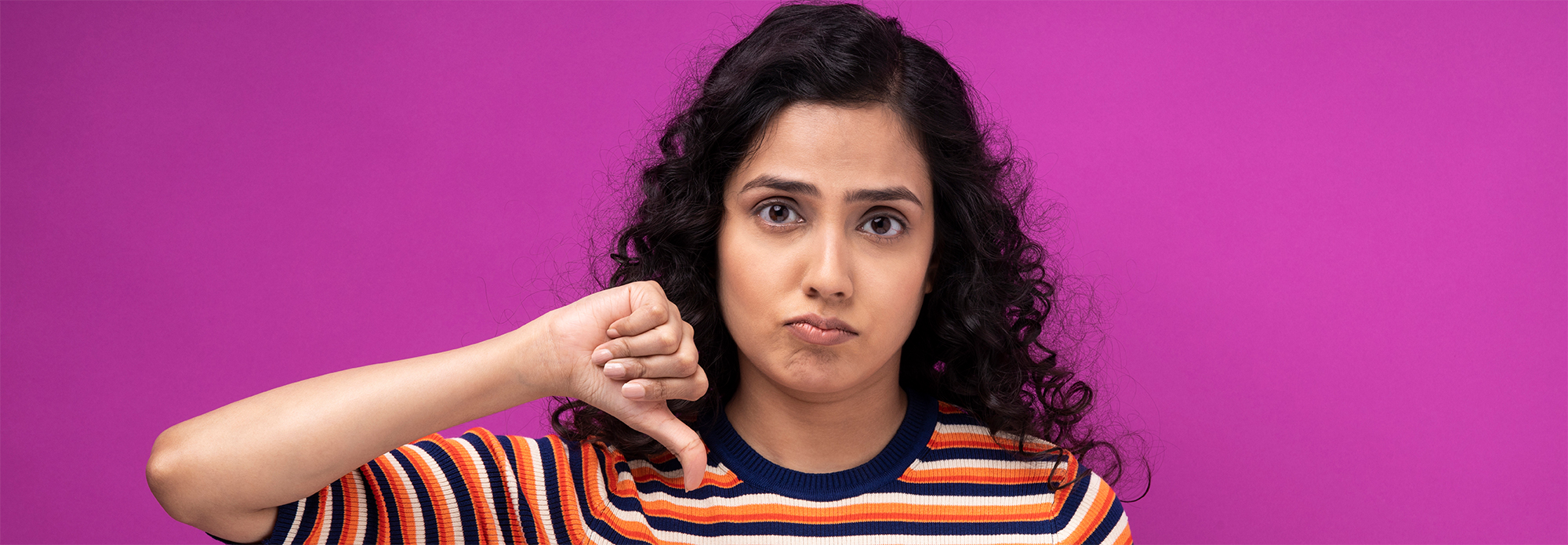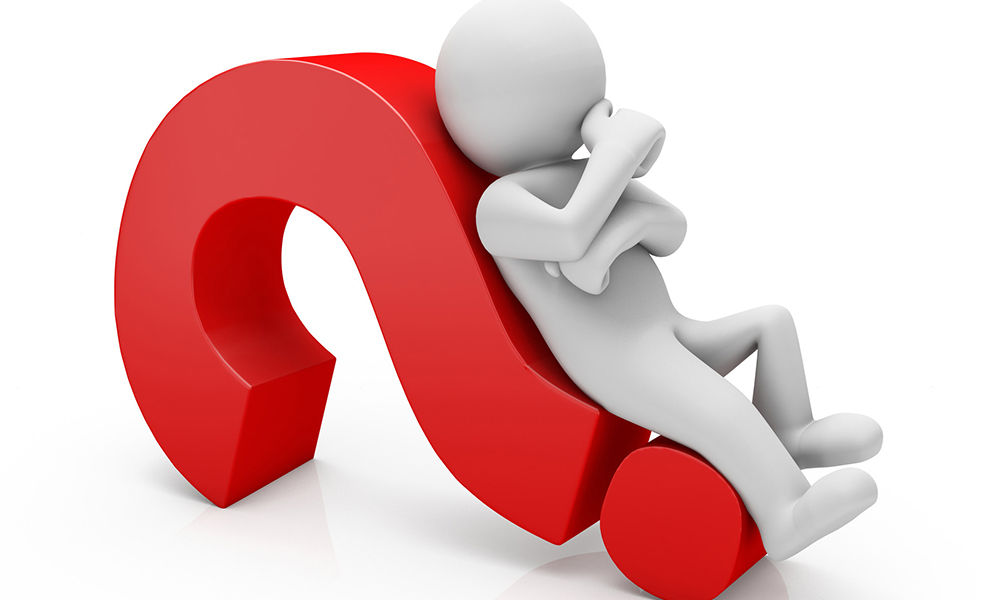Someone recently shared the YouTube channel of a popular Lifestyle influencer, “The Quirky Miss”. Here I saw numerous video posts such as “10 Overhyped Products – Don’t Buy”, “Products that I Regret Buying” and “Trash Products I Literally don’t Use” – all with hundreds of thousands of views.
Influencing has exploded and become core to any social media marketing strategy. Many influencers now earn millions of dollars. The demand for content and distrust of established brands led to a new form of online experts who were conversational in their tone, engaged with online users and opined on all kinds of products and services. However, the multi-billion influencer industry is going through its sets of challenges with allegations of fake followers and concerns about authenticity, lack of transparency and rampant commercialism. To put it in author Emily Hund’s words, the influencer industry has become a “digital media industrial machine interested in monetizing an authentic life, not embodying it”.
So, we are now seeing the emergence of a different kind of influencer – the deinfluencer. Instead of telling you what to buy, they tell you what not to buy.
832.4 million — that’s how many views the #deinfluencing hashtag has accrued on TikTok at the time of writing this post. The number is a telling indication of the growing reach of “deinfluencers”.
Deinfluencing refers to when social media personalities discourage their followers from buying certain products, due to reasons like overpricing, overconsumption, poor quality or greenwashing. This could include sharing unfiltered reviews, debunking tall claims and digging into behind-the-scenes business practices.
The catalyst for this trend came from the beauty industry. Earlier this year, influencer Mikayla Nogueira was accused of wearing false eyelashes while promoting a new branded mascara on TikTok. This got users questioning the credibility of other popular influencers and brands, sparking the spread of #deinfluencing across categories like fashion, travel, and technology.
By its very nature, influencing often ends up promoting inauthenticity and excess. Many influencers have been found to push products — including high-volume “hauls” — that they don’t personally believe in or use. Over time, this has created fatigue and scepticism among consumers. The appeal of deinfluencing lies in its promise of raw, unfiltered content.
This week, my message focuses on the rise of deinfluencing and its implications for digital marketing. What steps can businesses take to adapt to this trend?
At the heart of deinfluencing is a craving for authentic, values-driven content in the online world, a movement being led by Generation Z. As an article published by The Conversation notes:
Deinfluencers prioritize genuine content and real engagement over the meticulously curated content and commercial partnerships that are common in traditional influencer culture.
The role of social media pressure, which affects both influencers and followers, is also worth noting in this context. The last few years have brought to light the intense stress faced by influencers in their effort to maintain a highly curated, “perfect” digital presence. On the flipside, their followers are exposed to an idealized lifestyle that is impossible to replicate in real life. On both sides of the screen, influencing can create unhealthy patterns and affect mental, physical and financial health.
Deinfluencing offers an antidote to these issues by encouraging social media users to share more realistic perspectives and foster a healthier way of life. These behaviours are reflected among a growing number of micro-influencers and nano-influencers, who typically build smaller communities of followers and strive for greater transparency in their content.
Of course, like all good things, deinfluencing too has a dark side. Already, some deinfluencers have been accused of projecting a false image of authenticity, while others have been seen to spread misinformation, either intentionally or through lack of expertise. Additionally, the need to be “relatable” exerts its own pressure and may prompt people to overshare and lose sight of personal boundaries, proving harmful in the long run.
How can businesses respond to deinfluencing?
As deinfluencing gains traction, it has the potential to shake things up in the digital marketing space. Given these shifting dynamics, companies — especially those that play fast and loose with product claims — may find themselves at the receiving end of deinfluencers’ wrath.
On the positive side, the trend offers valuable insights into evolving consumer concerns. Businesses can take advantage of these lessons to connect more authentically with their audience and strengthen brand loyalty. Embracing deinfluencing can also translate to increased alignment with your values and thoughtful digital collaborations that showcase your commitment to responsible business practices.
Here are six suggestions for brands to keep in mind as they respond to the rise of deinfluencing:
1. Read the room.
Instead of ignoring or being afraid of deinfluencing, companies should pay attention to what it is telling them about shifting consumer priorities. In a digital climate characterized by distrust and dubious information, users are increasingly seeking credibility.
2. Understand “conscious consumerism”.
Deinfluencing is intertwined with conscious consumerism (also known as slow consumption), which can be seen in an increasing number of young consumers. According to a 2022 report by VICE Media:
When it comes to spending money, 77% of young people globally are pausing to ask themselves, “Do I really need this?”
Other questions that Gen Z and millennials ask themselves include “What impact will this have?” and “How good do I feel about this?”, indicating an increased focus on the brand’s sustainability credentials — ranging from eco-friendliness to human rights. As highlighted in an article published by Campaign, deinfluencing is also connected to the search for better-quality products. According to Olivia Plotnick, founder of a social media marketing agency:
Consumers who prioritise conscious consumption tend to place more value on the quality, authenticity, and transparency of the products they purchase.
At the same time, cost remains a top priority for many. In fact, “dupes” are a big piece of the deinfluencing puzzle. This is when deinfluencers reject pricey products and recommend better-value alternatives with similar results. Affordable brands could potentially explore this avenue.
3. Build trustworthiness.
The rejection of sponsored endorsements signals a yearning for genuine, reliable information — and businesses that pivot their strategy accordingly will be able to establish strong relationships with a fast-growing audience. Credibility must extend across all facets of digital content, from product information to business practices. As brands are put under a microscope, exaggerated claims are increasingly likely to be outed and can lead to a backlash.
Avoid working with influencers who embroider the truth or work with less-than-reputable brands. If the influencer gets dragged into a controversy, your reputation will suffer by association.
4. Create meaningful partnerships.
At the end of the day, deinfluencing is still a form of influencing. As The Conversation piece mentioned above explains:
By embracing deinfluencing practices, businesses can tap into the authentic relationships influencers build with their followers, potentially boosting trust and engagement.
Begin by forging meaningful collaborations with influencers who share your values, voice, and audience. Resist jumping onto each and every new trend that comes up on social media and, instead, focus on building an influencing base that reaches and resonates with your key consumers. It’s time to do away with broad brushstrokes marketing that aims to “be everything to everyone”. An article in CEO World offers sound advice:
It’s more important than ever to hone in on your company’s true identity and target audience… Don’t correct the consumer, but make sure as a brand that your audiences know what your product is and why they’re buying it.
5. Educate through content.
Social media is increasingly used for learning and research, and brands can join in by sharing key facts, holding Q&A sessions, and taking audiences behind the scenes of their products.
Engaging with different perspectives is a good way to combat endorsement exhaustion. Opening the conversation shows that you truly believe in your brand promise and allows consumers to make informed purchasing decisions.
6. Prepare to be deinfluenced.
Whether or not you think your brand is at risk, it’s important to equip yourself with a crisis communications plan. As the CEO World piece explains:
This means knowing what you’re going to say before it happens… Be ready to speak to the quality, pricing, materials, and manufacturing processes behind your products. Authenticity and transparency are two qualities brands must embrace.
If your brand does end up in hot water, social media experts recommend owning up to your mistakes and tendering a prompt, sincere apology. Brands that demonstrate self-awareness, take responsibility for their actions, and follow up with appropriate changes are likely to earn the forgiveness of consumers.
As deinfluencing continues to counter the impact of traditional influencers, brands can leverage the trend by becoming more intentional about digital marketing. With the right approach, you could connect more deeply with many of your target consumers and win their trust. Building a holistic mix of influencers can help you drive better outcomes in the long term.








Comments